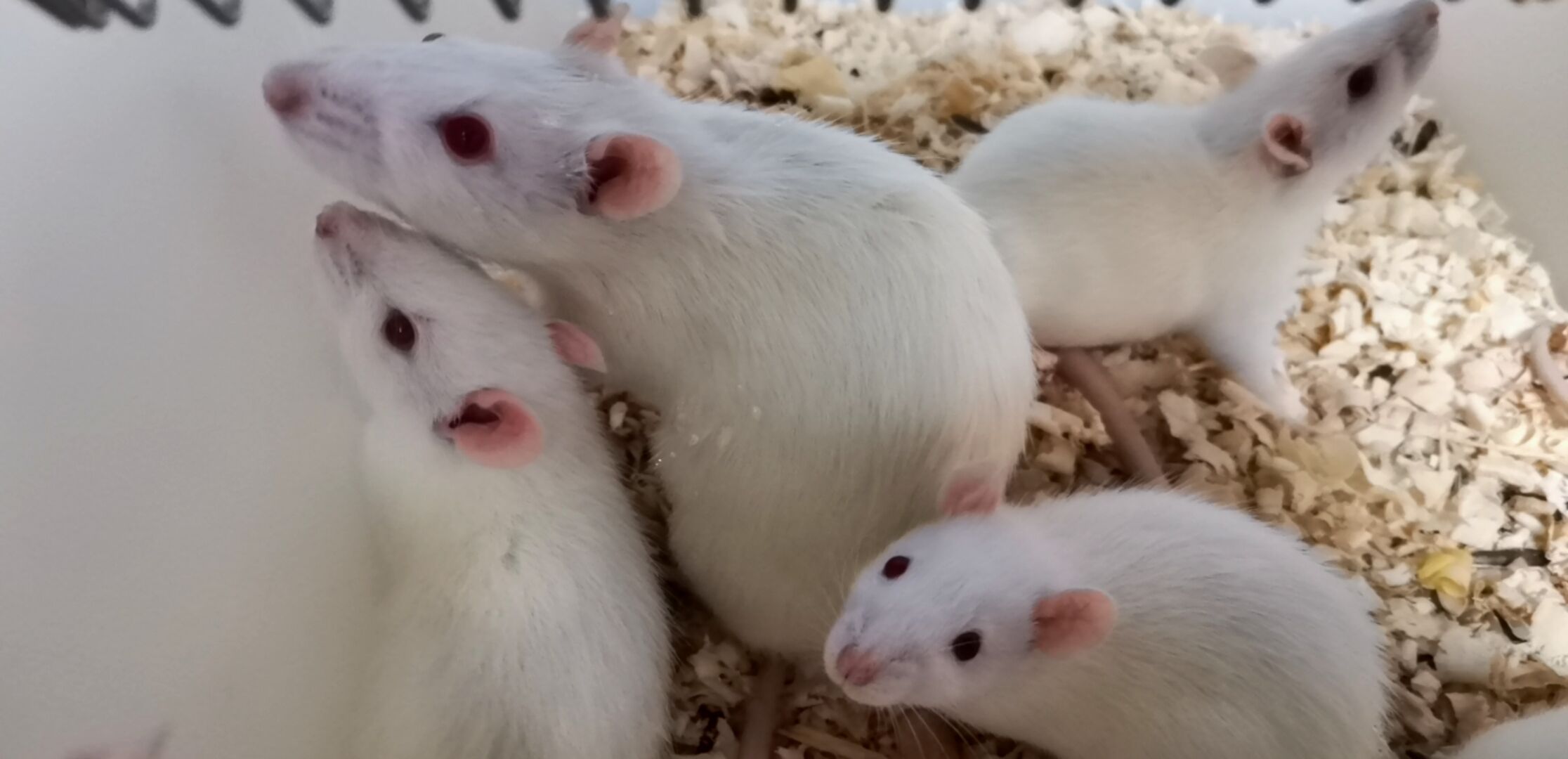Rat Model for Cystitis 

- UOM
- FOB US$ 240.00
- Quantity
Overview
Properties
- Product No.DSI633Ra01
- Organism SpeciesRattus norvegicus (Rat) Same name, Different species.
- ApplicationsDisease Model
Research use only - Downloadn/a
- CategoryUrinary system
- Prototype SpeciesHuman
- Sourceinduced by Protamine sulfate and Escherichia coli
- Model Animal StrainsSD Rats(SPF), healthy, male and female, body weight 180g~200g.
- Modeling GroupingRandomly divided into six group: Control group, Model group, Positive drug group and Test drug group.
- Modeling Period2 weeks
Sign into your account
Share a new citation as an author
Upload your experimental result
Review

Contact us
Please fill in the blank.
Modeling Method
Model group: rats were intraperitoneally injected with 2% pentobarbital sodium solution. After anesthesia, rats were fixed and urethral opening was used
70% ethanol and iodine tincture were disinfected, and a sterile rigid catheter was inserted into the bladder of rats through the urethra. After the urine was drained, 1 mL protamine sulfate 10 mg/mL was poured and kept for 45 min. After the drug was drained, the urine was washed with phosphate buffer solution (PBS) for 3 times. 1 mL of 750 μg/mL lipopolysaccharide was perfused and kept for 30 min. After the drug was drained, the catheter was rinsed with PBS for 3 times. 24 h later, repeat the operation with the same method. Three days later, the rats were sacrificed, and the bladder tissue and spinal cord tissue were collected.
Control group: The rats were anesthetized by the same method, then a sterile rigid catheter was inserted into the bladder of the rats through the urethra, after the urine was drained, PBS was poured, and the catheter was drained for 30 min. 24 h later, repeat the operation with the same method. Three days later, the rats were sacrificed and the bladder and spinal cord tissues were collected.
Model evaluation
Pathological results
The rats were sacrificed, the bladder was embedded in paraffin and stained with HE. IHC staining indexes: TLR4, NLRP3, CASPASe1
The spinal cord was taken, embedded by OCT, and frozen sections were stained with IHC: TLR4, NLRP3 and CasPASe1.
Degranulated mast cell count: dehydrated bladder tissue, fixed, embedded in paraffin, sliced through toluidine blue blue, dehydrated, transparent, neutral gum sealed sheet. Section white light panoramic scanning, counting degranulated mast cells.
Cytokines level
Statistical analysis
SPSS software is used for statistical analysis, measurement data to mean ± standard deviation (x ±s), using t test and single factor analysis of variance for group comparison , P<0.05 indicates there was a significant difference, P<0.01 indicates there are very significant differences.
Giveaways
Increment services
-
 Tissue/Sections Customized Service
Tissue/Sections Customized Service
-
 Serums Customized Service
Serums Customized Service
-
 Immunohistochemistry (IHC) Experiment Service
Immunohistochemistry (IHC) Experiment Service
-
 Small Animal In Vivo Imaging Experiment Service
Small Animal In Vivo Imaging Experiment Service
-
 Small Animal Micro CT Imaging Experiment Service
Small Animal Micro CT Imaging Experiment Service
-
 Small Animal MRI Imaging Experiment Service
Small Animal MRI Imaging Experiment Service
-
 Small Animal Ultrasound Imaging Experiment Service
Small Animal Ultrasound Imaging Experiment Service
-
 Transmission Electron Microscopy (TEM) Experiment Service
Transmission Electron Microscopy (TEM) Experiment Service
-
 Scanning Electron Microscope (SEM) Experiment Service
Scanning Electron Microscope (SEM) Experiment Service
-
 Learning and Memory Behavioral Experiment Service
Learning and Memory Behavioral Experiment Service
-
 Anxiety and Depression Behavioral Experiment Service
Anxiety and Depression Behavioral Experiment Service
-
 Drug Addiction Behavioral Experiment Service
Drug Addiction Behavioral Experiment Service
-
 Pain Behavioral Experiment Service
Pain Behavioral Experiment Service
-
 Neuropsychiatric Disorder Behavioral Experiment Service
Neuropsychiatric Disorder Behavioral Experiment Service
-
 Fatigue Behavioral Experiment Service
Fatigue Behavioral Experiment Service
-
 Nitric Oxide Assay Kit (A012)
Nitric Oxide Assay Kit (A012)
-
 Nitric Oxide Assay Kit (A013-2)
Nitric Oxide Assay Kit (A013-2)
-
 Total Anti-Oxidative Capability Assay Kit(A015-2)
Total Anti-Oxidative Capability Assay Kit(A015-2)
-
 Total Anti-Oxidative Capability Assay Kit (A015-1)
Total Anti-Oxidative Capability Assay Kit (A015-1)
-
 Superoxide Dismutase Assay Kit
Superoxide Dismutase Assay Kit
-
 Fructose Assay Kit (A085)
Fructose Assay Kit (A085)
-
 Citric Acid Assay Kit (A128 )
Citric Acid Assay Kit (A128 )
-
 Catalase Assay Kit
Catalase Assay Kit
-
 Malondialdehyde Assay Kit
Malondialdehyde Assay Kit
-
 Glutathione S-Transferase Assay Kit
Glutathione S-Transferase Assay Kit
-
 Microscale Reduced Glutathione assay kit
Microscale Reduced Glutathione assay kit
-
 Glutathione Reductase Activity Coefficient Assay Kit
Glutathione Reductase Activity Coefficient Assay Kit
-
 Angiotensin Converting Enzyme Kit
Angiotensin Converting Enzyme Kit
-
 Glutathione Peroxidase (GSH-PX) Assay Kit
Glutathione Peroxidase (GSH-PX) Assay Kit
-
 Cloud-Clone Multiplex assay kits
Cloud-Clone Multiplex assay kits







